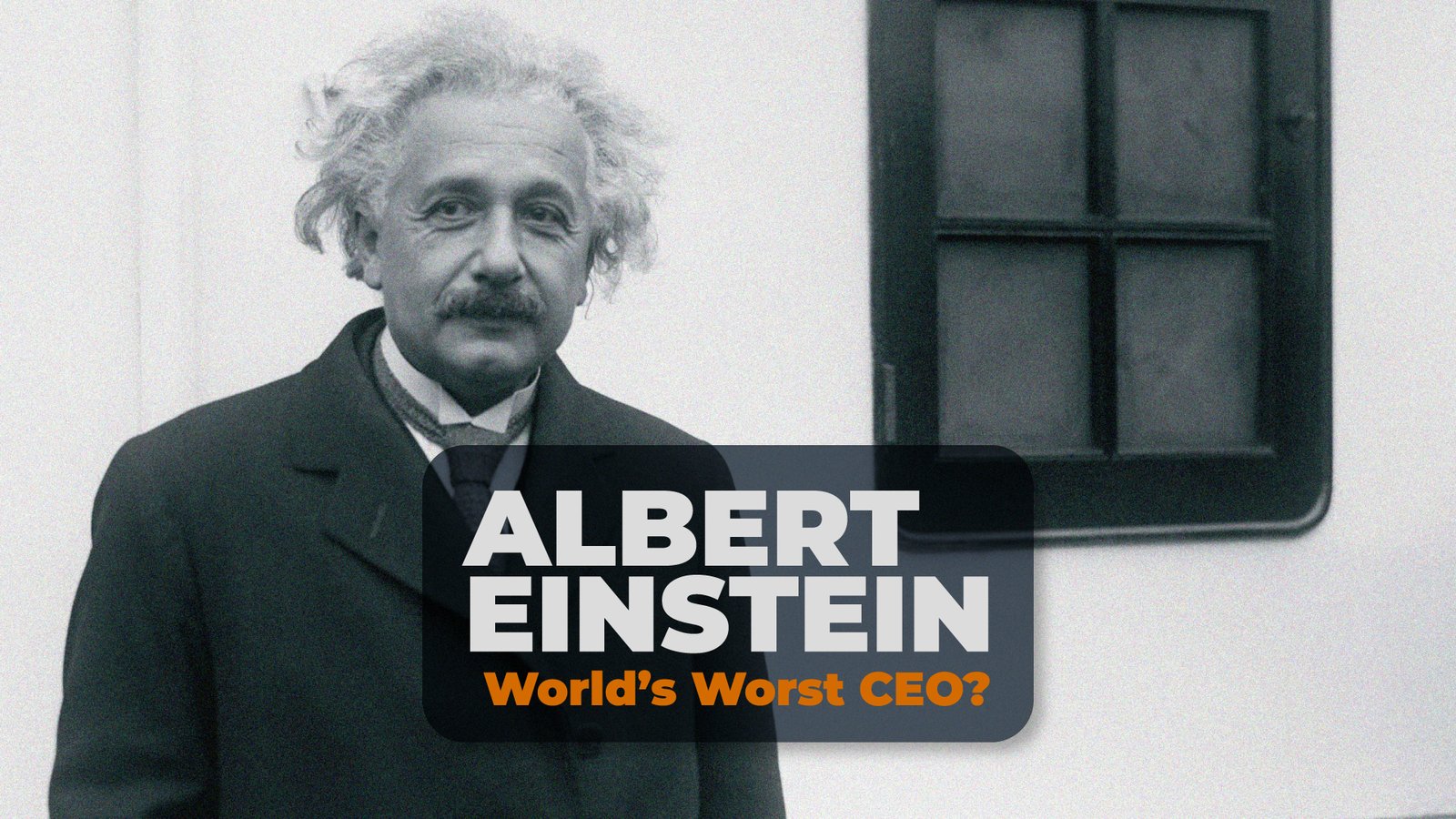
Albert Einstein: World’s Worst CEO? How Scenario Planning Can Save Your Business
Just before Christmas in 1930, Albert Einstein, the renowned scientist, was en route from Europe to New York on a luxury ocean liner. A journalist aboard the ship seized the opportunity to interview the famous physicist, and to his delight, Einstein agreed.
At that time, the world was facing tremendous uncertainty. The Great Depression had begun, political tensions were high, and the prospect of another world war loomed large. The journalist, expecting profound insights from such a brilliant mind, asked Einstein, “Professor, what are your expectations for the future?”
Einstein’s response was both surprising and puzzling: “The future? Oh, I never think about the future. It will be here soon enough.”
Now, imagine a modern CEO saying this to their board of directors. The reaction would be one of disbelief, and the CEO’s tenure might be in jeopardy. In today’s business environment, this kind of mindset is unthinkable for anyone in a leadership position.
The Scientist vs. The Manager: A Contrast in Thinking
Scientists like Einstein focus on understanding the present through empirical data and experiments. They are concerned with “What are the facts?” and “Do the results support my hypothesis?” These questions are grounded in the here and now, rather than the future. This present-focused approach is essential for scientific discovery but falls short in the dynamic and fast-paced world of business management.
In contrast, managers must be future-oriented. The decisions they make today are aimed at shaping the future success of their organizations. They must consider:
- How to grow profits... in the future - How to increase market share... in the future - How to position new products successfully... for the future - How to allocate resources... for the future - How to recruit and integrate new talent... for the future - How to enhance customer satisfaction... for the future
Management: Living for the Future
As managers, our actions today have a direct impact on our organization’s future performance. We live and plan for the future, and this involves anticipating changes and preparing for them. To be successful, managers need to look beyond their immediate environment and consider the broader business landscape, including potential changes in economic conditions, social trends, technological advancements, political climates, and regulatory frameworks.
Visualizing and Preparing for the Future
Effective management requires envisioning different future scenarios and preparing for them. This means thinking about how the entire business environment might evolve and how your company will need to adapt to remain competitive. This includes considering new competitors, evolving customer preferences, and potential disruptions in the market.
For instance, a company in the tech industry might need to anticipate how advancements in artificial intelligence could impact their product offerings and customer service strategies. Similarly, a retail business must consider how shifts in consumer behavior, such as the growing preference for online shopping, will influence their sales and distribution channels.
The Role of Scenario Planning
This is where scenario planning comes into play. Scenario planning is a strategic tool that helps managers anticipate future changes, maximize flexibility, and prepare for multiple potential outcomes. Here’s why it’s crucial:
- Opens Your Eyes to Future Changes: By visualizing different scenarios, you can identify opportunities and threats that may not be apparent in your current business context. This broader perspective allows for more informed decision-making.
- Maximizes Flexibility: Scenario planning enables you to develop strategies that are adaptable to various future conditions. This flexibility is essential in responding to unexpected changes and seizing new opportunities.
- Prepares for Multiple Futures: Instead of betting on a single outcome, you’re prepared for a range of possibilities, enhancing your ability to navigate uncertainty. This comprehensive preparation can give your organization a competitive edge.
Steps to Implement Scenario Planning
- Identify Key Drivers of Change: Start by pinpointing the factors that could significantly impact your business. These could be technological advancements, economic shifts, regulatory changes, or social trends.
- Develop Scenarios: Create detailed narratives for several possible futures. Each scenario should explore how different drivers of change interact and shape the business environment.
- Analyze Implications: Assess how each scenario could impact your business. Consider the potential risks and opportunities associated with each future state.
- Formulate Strategies: Develop flexible strategies that can be adapted to various scenarios. Ensure your plans are robust enough to handle multiple potential futures.
- Monitor and Adapt: Continuously monitor the environment for signs of change and adjust your strategies accordingly. Scenario planning is an ongoing process, not a one-time exercise.
Start Today: The Future Will Be Here Soon Enough
The best time to begin scenario planning is now. By adopting a future-oriented mindset and utilizing scenario planning, you can position your organization to thrive amid uncertainty. Embrace the future, envision different landscapes, and ensure that your strategies are robust enough to handle whatever comes next.
In a world where the only constant is change, scenario planning isn’t just a strategic tool—it’s an essential practice for any forward-thinking manager. Prepare today to secure your success in the unknowns of tomorrow. The future will be here soon enough, and with scenario planning, you’ll be ready to meet it head-on.
—
By focusing on scenario planning, managers can enhance their ability to foresee and navigate future challenges. This proactive approach not only ensures business continuity but also drives innovation and growth. Start your scenario planning journey today to safeguard your business’s future and stay ahead of the competition.

